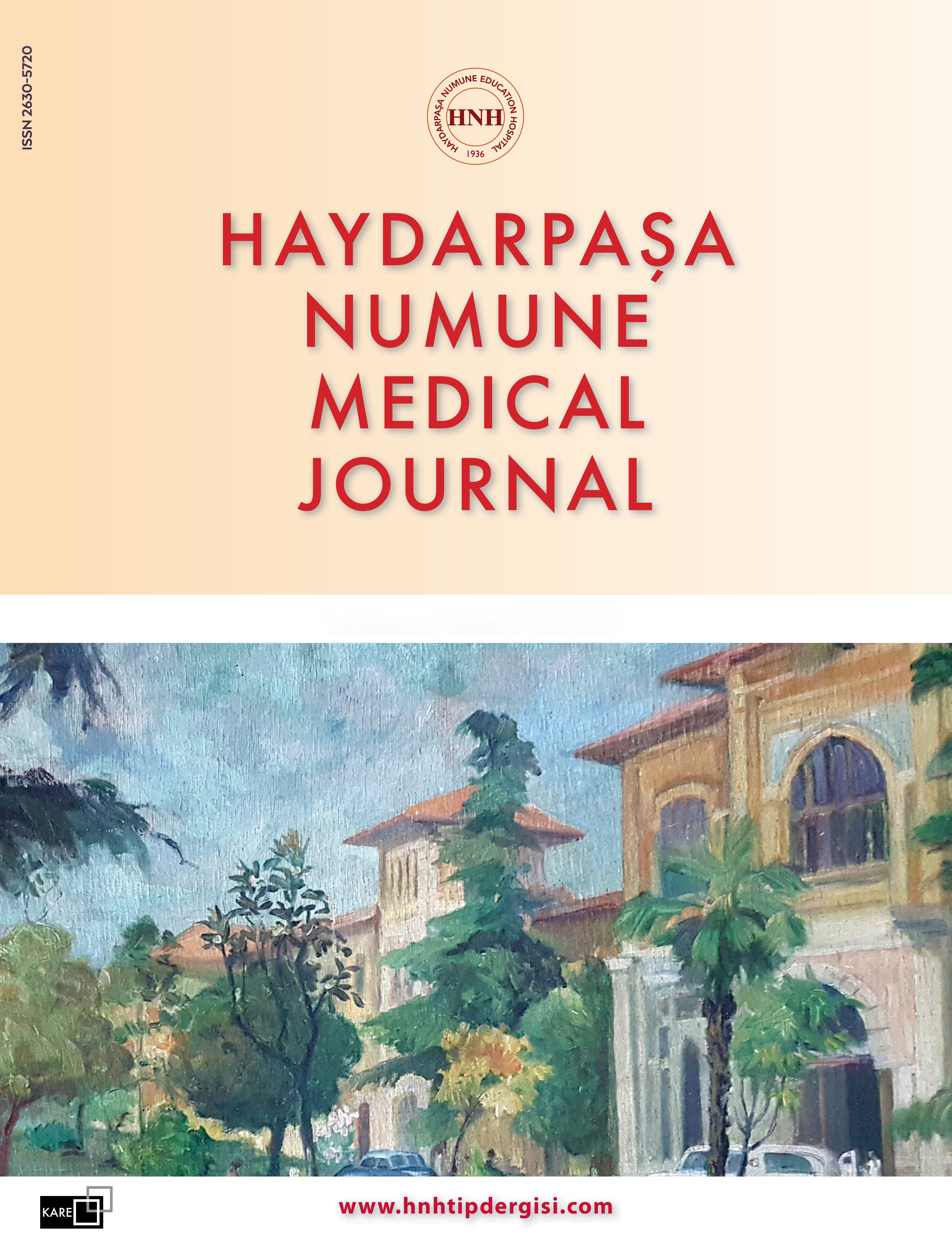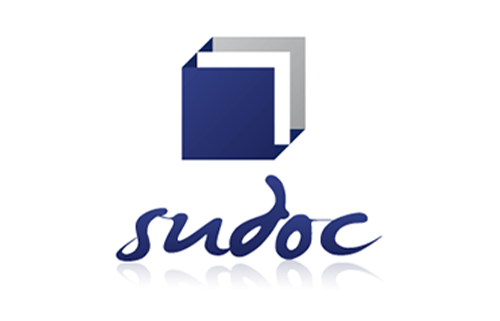Relationship Between Clinical Symptoms and MRI Findings in Patients with Cervical Degenerative Disc Disease
Ahmet Mert1, Gökçe Zeytin Demiral2, Selin Betaş Akın3, Zehra Özbilici2, Emine Avcı Hüseyinoğlu4, Ülkü Türk Börü21Department of Neurology, Karaman Training and Research Hospital, Karaman, Türkiye2Department of Neurology, Afyonkarahisar Health Sciences University, Faculty of Medicine, Afyonkarahisar, Türkiye
3Department of Neurology, Afyonkarahisar State Hospital, Afyonkarahisar, Türkiye
4Department of Neurology, Unye State Hospital, Ordu, Türkiye
INTRODUCTION: Degenerative cervical disc disease is a disorder that often presents with various symptoms, and diagnosis is frequently challenging. The aim of this study is to identify the symptoms of degenerative cervical disc disease and evaluate the relationship between symptoms and radiological findings.
METHODS: The study was designed as a cross-sectional and observational study. Fifty-five consecutive patients diagnosed with degenerative cervical disc disease were included in the study. The symptoms were recorded, and the relationship between cervical MRI findings and symptoms was investigated.
RESULTS: A total of 55 patients were included in the study. Of these, 32 (58.2%) were female and 23 (41.8%) were male, with a mean age of 56.3±12.9 years. Cervicogenic headache (27.3%), retroorbital pain (20%), tinnitus (3.6%), trigeminal neuralgia (14.5%), dizziness (14.5%), neck pain (89.1%), restricted neck movement (83.6%), neck paresthesia (14.5%), shoulder pain (36.3%), restricted shoulder movement (16.3%), shoulder weakness (12.7%), pain radiating to the upper extremity (41.8%), sensory deficit in the upper extremity (18.2%), weakness in the upper extremity (9.1%), and back pain (34.5%) were recorded in the patients. The most remarkable finding in patients with pathology at the C2-C4 level was trigeminal neuralgia, while trigeminal neuralgia was not observed in patients with pathology at the C4-C8 level. Dizziness, neck pain, and restricted neck movement were common symptoms, with sensory and motor symptoms predominating in lower cervical signs. Statistically significant higher rates of upper cervical symptoms were recorded in radiological grade 2 and 3 changes, while lower cervical symptoms were significantly higher in grade 3 and 4 changes.
DISCUSSION AND CONCLUSION: The most common degenerative finding observed in patients was located in the middle cervical region. Neck pain was the most frequently reported symptom. The most remarkable unusual finding was trigeminal neuralgia, which was observed in upper cervical discopathies. Symptoms were recorded to be associated with the severity of radiological findings.
Keywords: Cervical discopathy, symptoms, upper cervical MRI findings.
Manuscript Language: English
















